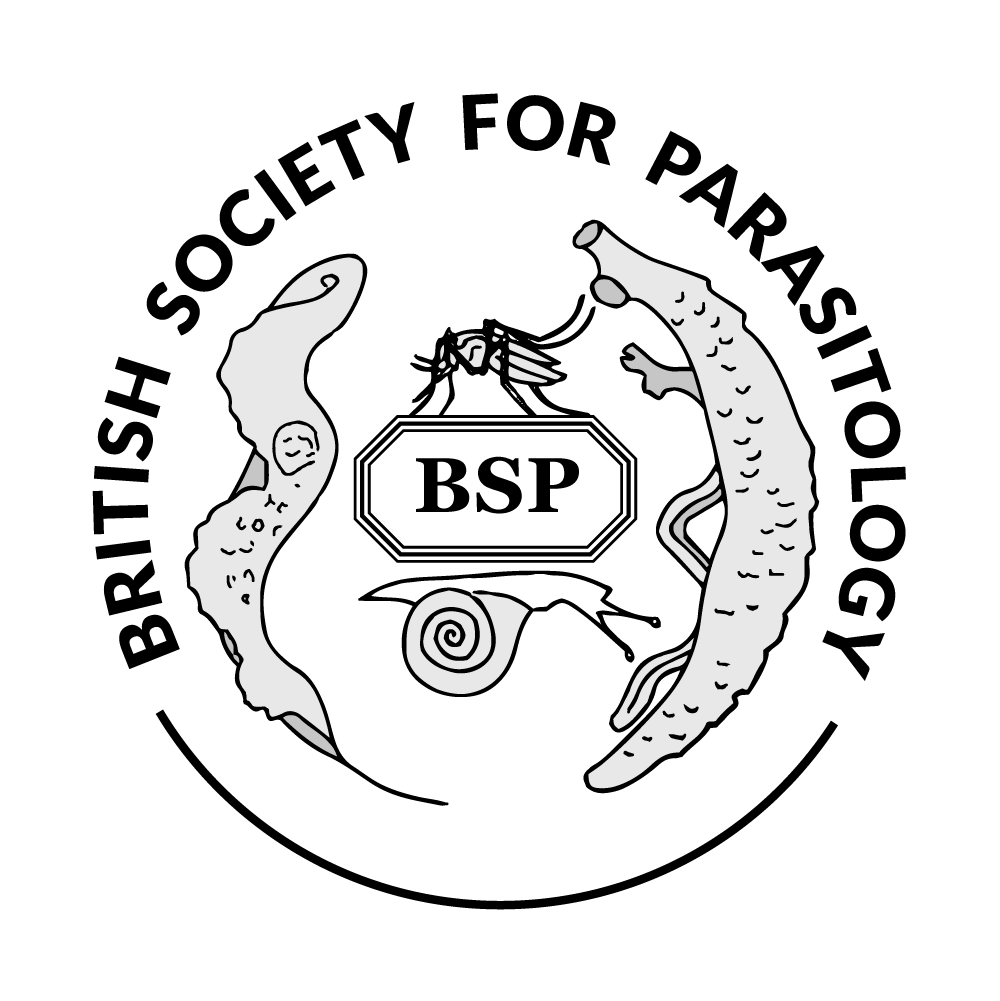Authors
A Nenarokova4; E Dobáková 4; P Flegontov4; T Ebenezer1; M Zolner1; M Field1; J Lukeš4; J Lukeš2; A Nenarokova 3; P Flegontov5;
1 Biological Chemistry and Drug Discovery, School of Life Sciences, University of Dundee; 2 Canadian Institute for Advanced Research, Toronto, Canada, Canada; 3 Faculty of Science, University of South Bohemia, C?eské Bude?jovice (Budweis), Czech Republic, Czech Republic; 4 Institute of Parasitology, Biology Centre, ASCR, Czech Republic; 5 Life Science Research Centre, Faculty of Science, University of Ostrava, Czech Republic
Discussion
Euglena gracilis is a secondary green alga belonging to the phylum Euglenozoa, which also contains kinetoplastid parasites Trypanosoma and Leishmania. Despite the fact that E. gracilis is a well-studied model organism, little is known about its single reticulated mitochondrion. Few previous studies have focused primarily on individual functional groups of mitochondrial proteins, making no attempt to explore mitochondrial proteome as a whole. In this study, we have examined entire E. gracilis mitoproteome using de novo whole-transcriptome sequencing and tandem mass spectrometry of organelle fractions, as a part of the Euglena genome project. We made functional annotation of the detected mitochondrial proteins by similarity to proteins with known function (BlastP, Blast2GO and KAAS), and assigned them into several metabolic pathways and fuctional modules, using KEGG database. E. gracilis mitochondrial proteome contains near 1400 proteins, including subunits of respiratory chain complexes I-V, other components of aerobic and anaerobic energy metabolism, mitoribosomal proteins, iron-sulfur cluster assembly machinery, components of heme biosynthesis pathway, proteins of lipid and aminoacid metabolism, and others. Сomponents of sulfate assimilation pathway were 3 to 10 times more abundant in the mitochondrial fraction than in the chloroplast fraction, providing evidence of its unusual localization.

